10 Causes of Anemia in Older Adults
Written by TYE Medical on Jun 20th 2023
Were your red blood cell count or iron levels flagged on a recent lab test? Have you been told your hemoglobin is too low? If so, your doctor has probably recommended iron supplements or even intravenous iron. It’s not unusual for you or a loved one to battle iron deficiency or anemia while aging.
About 17% of people over age 65 have been diagnosed as anemic, making it fairly common in older adults. And about one-third of those cases are due to iron-deficiency anemia, which can be mild. But anemia can also become severe or create complications that cause longer hospital stays or even death if left untreated for too long.
Several underlying factors often lead to anemia, one of the most common is iron deficiency. It’s important to pinpoint the causes, which your doctor will evaluate your overall health and investigate the usual suspects.
Let’s consider a working definition of anemia and 10 common causes of anemia in the elderly.
Defining Anemia
You’re diagnosed with anemia when you don’t have enough healthy red blood cells (RBCs) in your body. This is a real problem since it’s your RBCs that carry oxygen to your bodily tissues, including your muscles. A lack of this oxygen can leave you feeling tired and even dizzy.
If you have iron deficiency anemia, it’s a shortage of iron in your system that causes a low RBC count. Your body uses iron to produce the red blood cells that transport oxygen. Without enough iron, you won't have an adequate RBC count for your body’s needs.
You typically get iron from your diet, but if your body isn’t processing or using it properly, it can lead to iron deficiency anemia.
1. Iron Deficiency
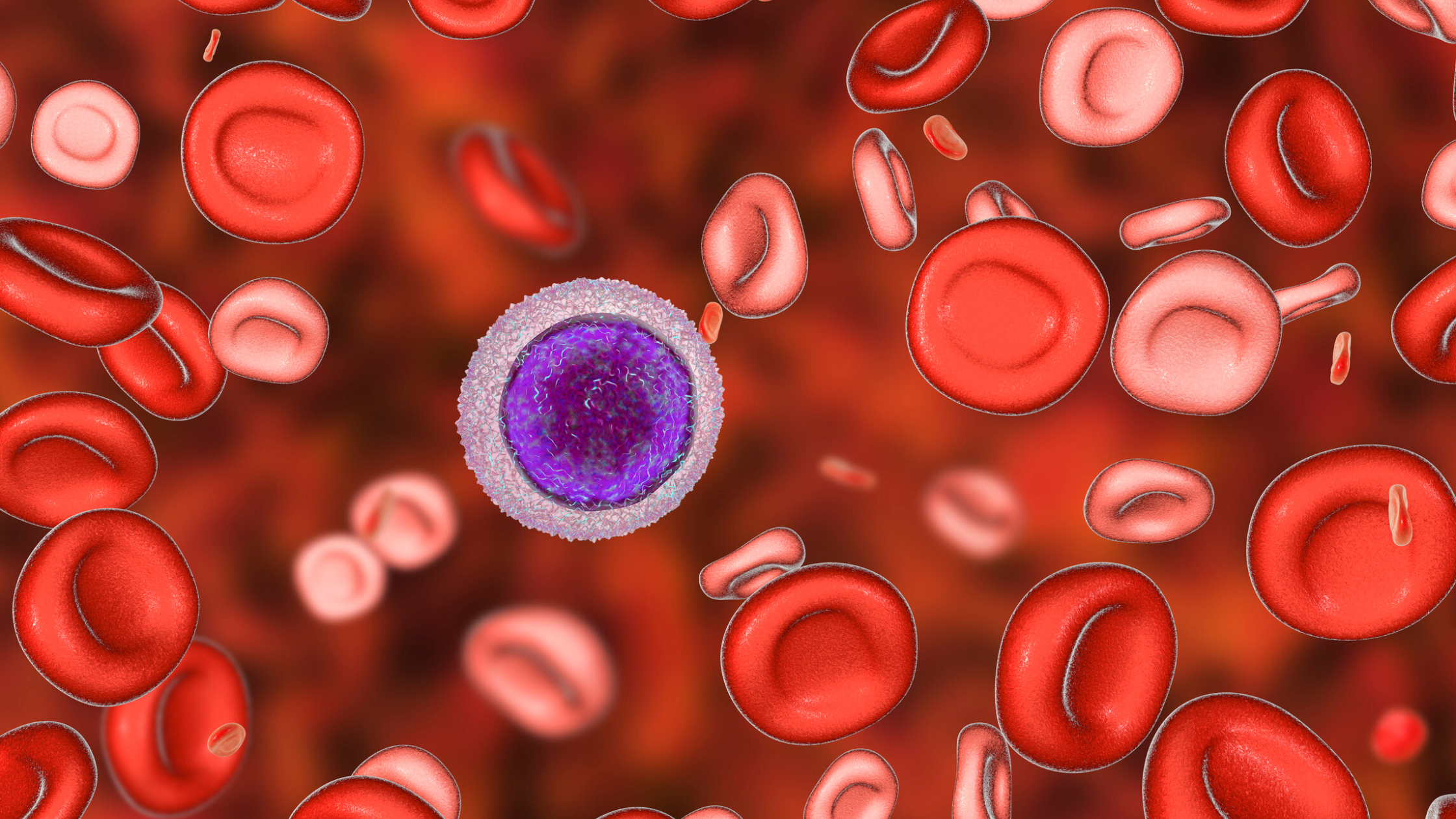
As mentioned above, you develop this type of anemia when a lack of iron in your blood reduces your red blood cell count. While a common cause of anemia and iron deficiency is blood loss, they’re also due to poor iron absorption. As you age, your digestive system may struggle to absorb vitamins and nutrients from foods or supplements as efficiently. This means that although you are eating iron-rich foods or taking an oral supplement, you might not be processing or absorbing enough iron during digestion.
2. Internal Bleeding
Blood loss due to internal bleeding is another common cause of anemia. A traumatic injury or a gastrointestinal disease like celiac or Crohn's can cause internal bleeding. You might lose excessive amounts of blood over a short period or smaller amounts of blood over a longer period of time. Either way, your body offloads a lot of red blood cells that must be reproduced. With extensive or chronic bleeding, your body is often not able to keep up RBC production, which causes symptoms of anemia.
Other conditions like hemorrhoids, ulcers, gastritis, and cancer can cause bleeding and lead to anemia.
3. Medications
If you have headaches, muscle cramps, or minor arthritis pain, you probably rely on over-the-counter pain relievers to alleviate the discomfort. But recent studies suggest this could be a hidden cause of anemia. Long-term use of medications like aspirin, naproxen, and ibuprofen can damage your gastric walls and cause significant bleeding that leads to anemia.
4. B12 Deficiency

While you can develop a B12 deficiency from not getting the vitamin in your diet, it’s also caused by medical conditions such as pernicious anemia. This is an autoimmune condition that prevents your body from absorbing enough B12. If you have Crohn’s or celiac disease, pernicious anemia can result as a secondary condition, because you can’t adequately absorb the vitamin and other nutrients from your food.
5. Bone Marrow Deficiency
Where do red blood cells come from? Bone marrow. Your bone marrow contains stem cells that become red blood cells. And as we know, red blood cells transport oxygen throughout your body. If something decreases bone marrow volume, it affects the production of red blood cells, resulting in anemia. Cancer treatments like chemotherapy can sometimes affect bone marrow.
If you have aplastic anemia, your bone marrow doesn’t produce red blood cells at all. Lymphoma (cancer of the lymph system) can spread to the bone marrow and disrupt red blood cell production.
6. Chronic Kidney Disease
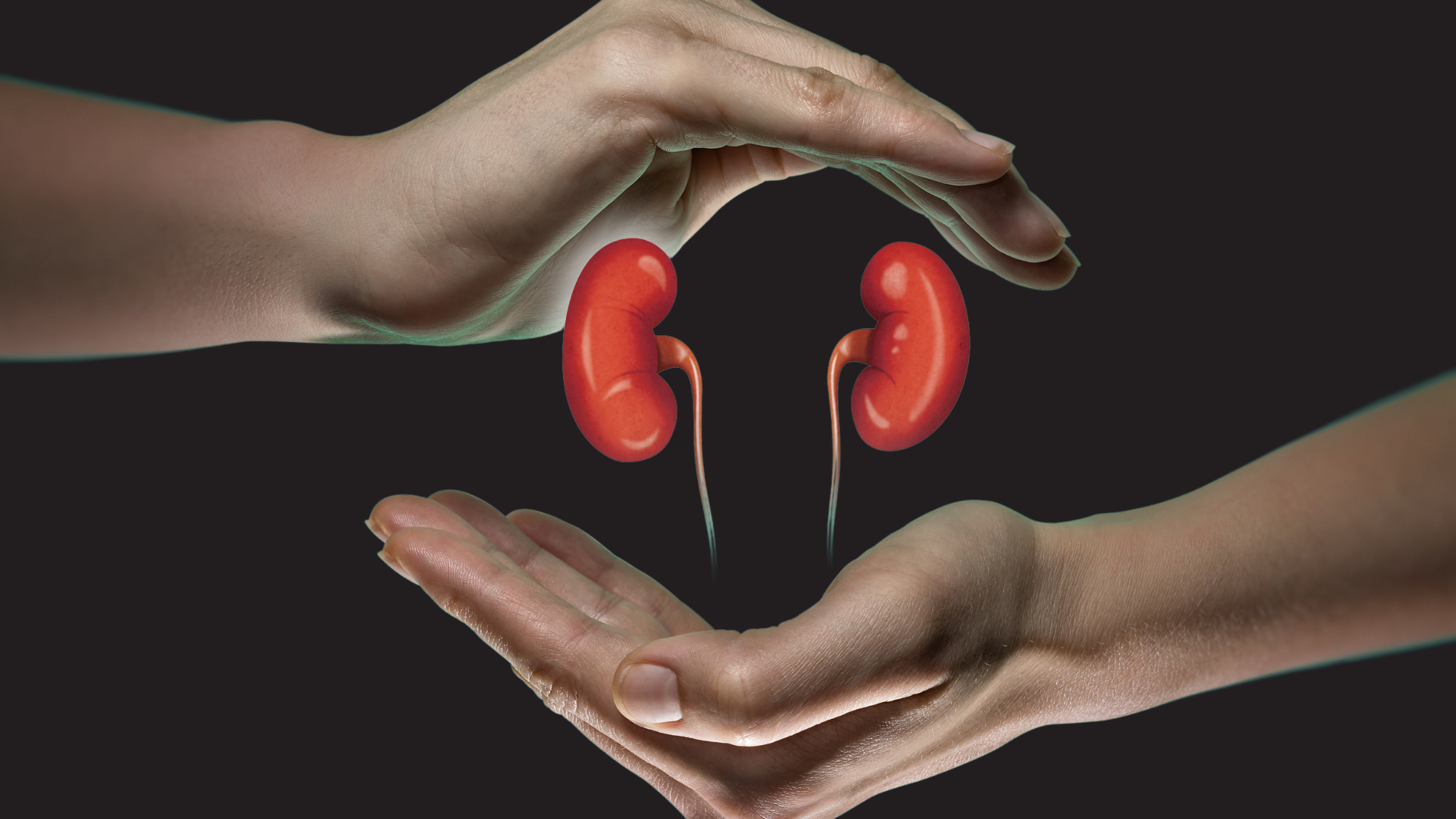
The damage from advanced kidney disease hinders the production of a specific hormone that triggers bone marrow to produce red blood cells. As the disease progresses, anemia worsens. Dialysis is usually required at this stage, and heart and muscle complications can develop. But treatments like red blood cell transfusions and hormone injections can improve symptoms.
7. Other Diseases that Cause Anemia
Aside from kidney disease, other conditions affect red blood cell production like:
- Diabetes
- Lupus
- Cancer
- Rheumatoid arthritis
- Crohn's disease
- HIV/AIDS
This is why it’s important to identify the underlying cause of anemia or at least rule out serious conditions.
8. Red Blood Cell Destruction
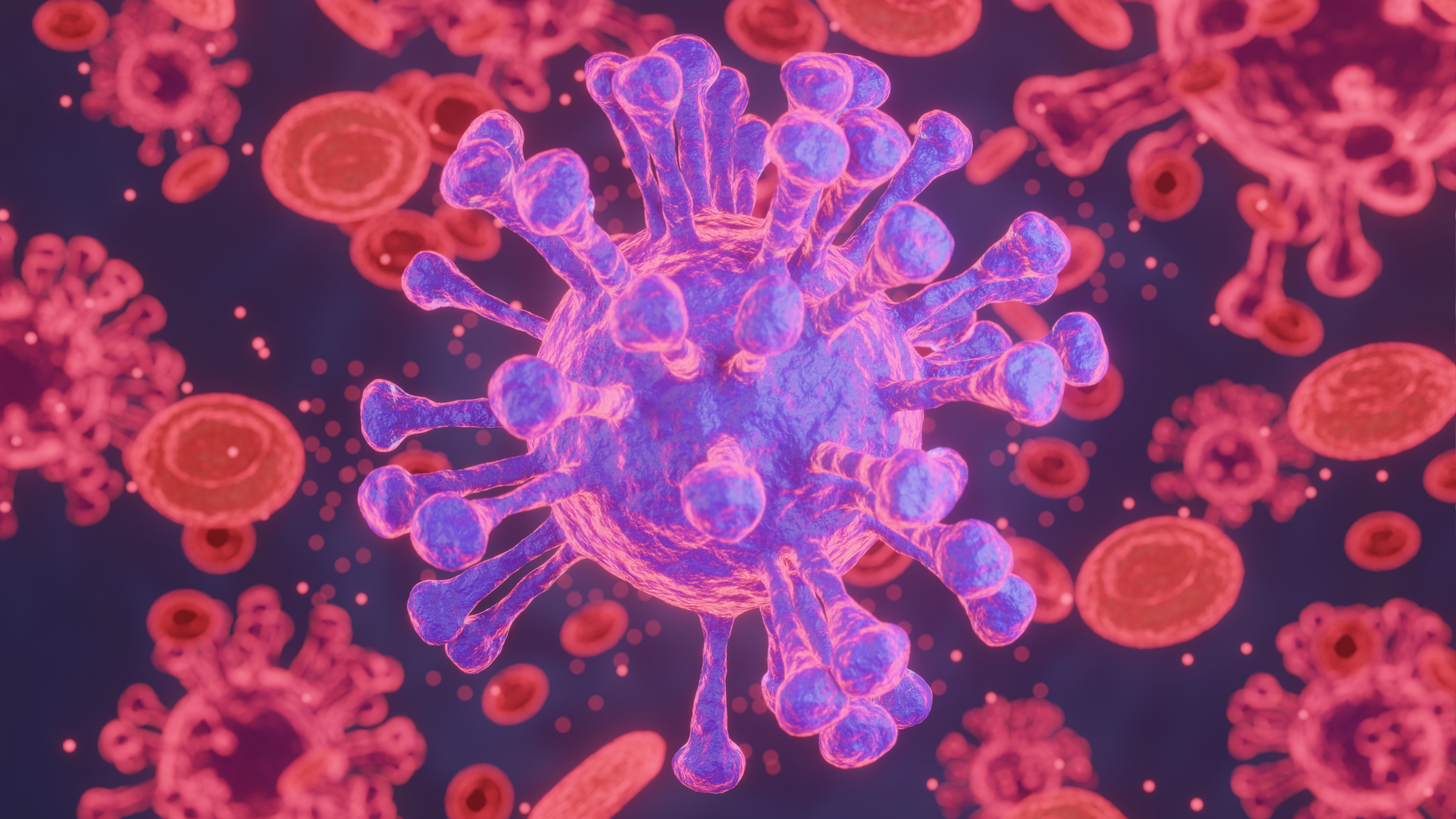
Sometimes, it’s not a problem of not producing enough RBCs but an issue of them being destroyed. If you have hemolytic anemia, your red blood cells are destroyed faster than your body can produce them. The reason behind the destruction varies but include:
- Kidney disease
- Liver disease
- Chemical or drug exposure
- Tumors
- Severe burns
- Specific infections
- Blood disorders
You can be born with hemolytic anemia or develop it later.
9. Chronic Inflammation
It seems that inflammation interferes with RBC production, but researchers haven’t yet determined specific links. Long-term inflammation is connected to many chronic illnesses besides anemia. Sometimes there is an underlying condition causing the inflammation (and anemia), such as cancers and chronic infections.
10. Aging

As you age, a number of issues can interfere with RBC production. For instance, it becomes more difficult to absorb vitamins and nutrients during digestion. Some seniors are advised to take certain vitamins in liquid form so they can be absorbed under the tongue and bypass the digestive system altogether.
Also, as you age, you are more likely to struggle with eating an iron-rich diet of red meats and leafy greens. A lacking appetite, fixed incomes, digestive problems, and other things, can hinder healthy eating habits and impact iron levels.
Chronic diseases and prescriptions also become more common as you age, which make you more likely to develop anemia. If you’re 65 and older, you probably have at least one health condition. In fact, 64% of Americans at this age have two or more health conditions.
What Are the Symptoms of Anemia?
Anemia symptoms are often non-specific and general, meaning that they could indicate any number of conditions or be dismissed as just not feeling your best. But the longer your anemia goes untreated, the more severe your symptoms will become. If you’re experiencing any of these symptoms in a lasting way, it’s best to talk with your doctor.
Common anemia symptoms include:
- fatigue
- weakness
- dizziness
- headaches
- cold hands and feet
- chest pain
- heart palpitations
- shortness of breath
- paleness
- Irritability
How Is Anemia Treated in Older Adults?
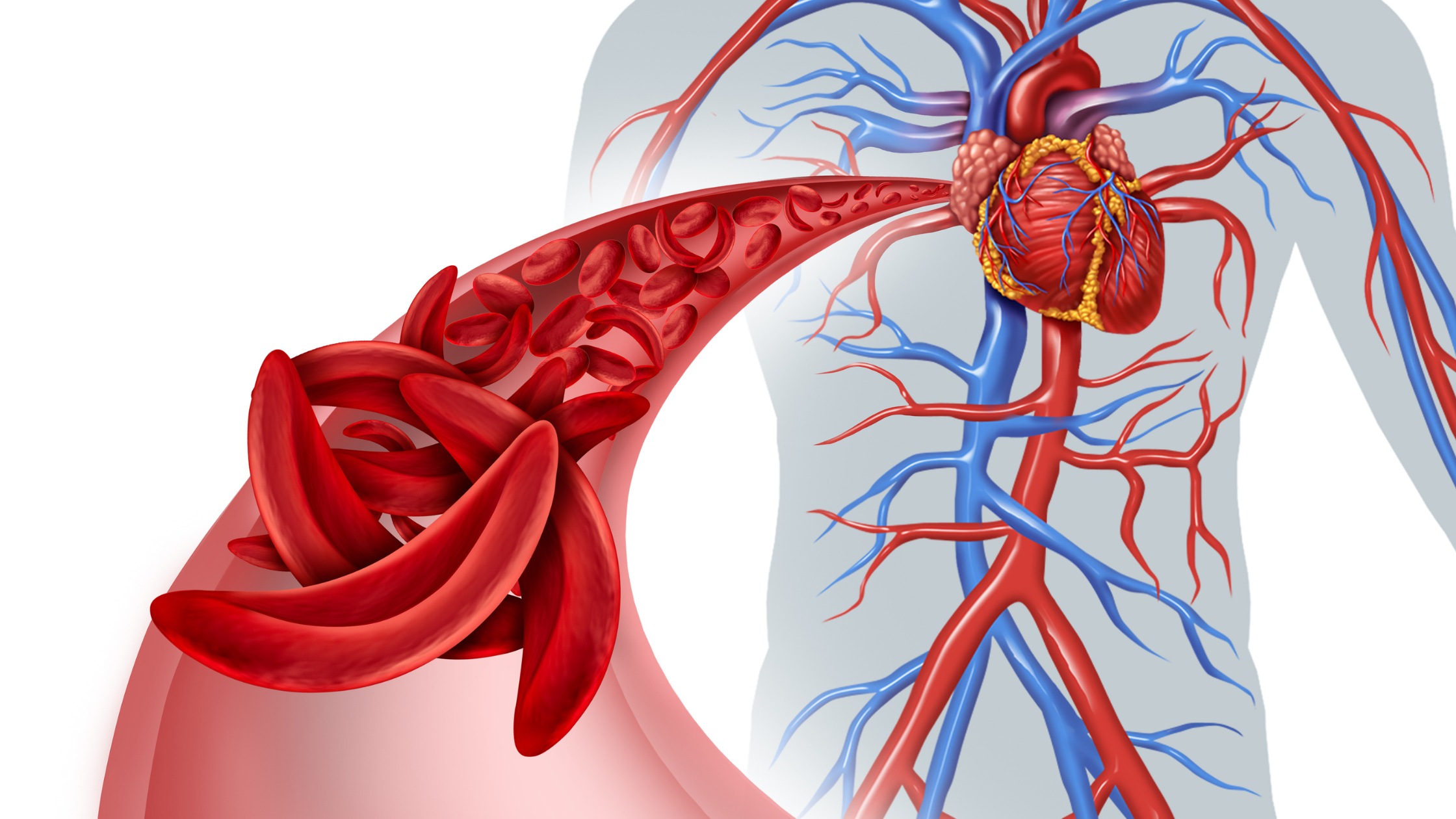
Anemia is treated based on its underlying cause. Sometimes it will require taking supplements or treating a bleeding ulcer. But when there is no known cause, or that cause can’t be sufficiently addressed, you may require other treatments like:
- changing medications or medication dosage
- blood transfusions
- corticosteroid treatments
- surgery to repair blood vessels
- spleen surgery
Most often, anemia can be managed with simple treatments like diet and medications. The condition is usually diagnosed through a complete blood count (CBC) blood test. It provides a count of white and red blood cells as well as platelets, which provides doctors with necessary information for a diagnosis.
If left untreated, your fatigue will become severe and you may develop heart-related issues. Eventually, untreated anemia can lead to death.
Confirm an Iron-Deficiency Anemia Diagnosis
Sometimes, anemia is detected before low iron levels flag it. Be sure that your doctor confirms the underlying cause of your anemia rather than just assuming it’s due to low iron. A simple blood test to check your ferritin levels and other iron-related components should be done to confirm iron-deficiency anemia. And it’s also necessary to determine if there are additional causes since more than one factor can underlie a low RBC count like blood loss.
You also want a confirmed diagnosis, because iron supplements are known to cause constipation, especially when taking them long term. You wouldn’t want to take them for no purpose. But if you do need them, you can try taking a stool softener or mild laxative to offset the supplement.
What to Know About Anemia in Older Adults
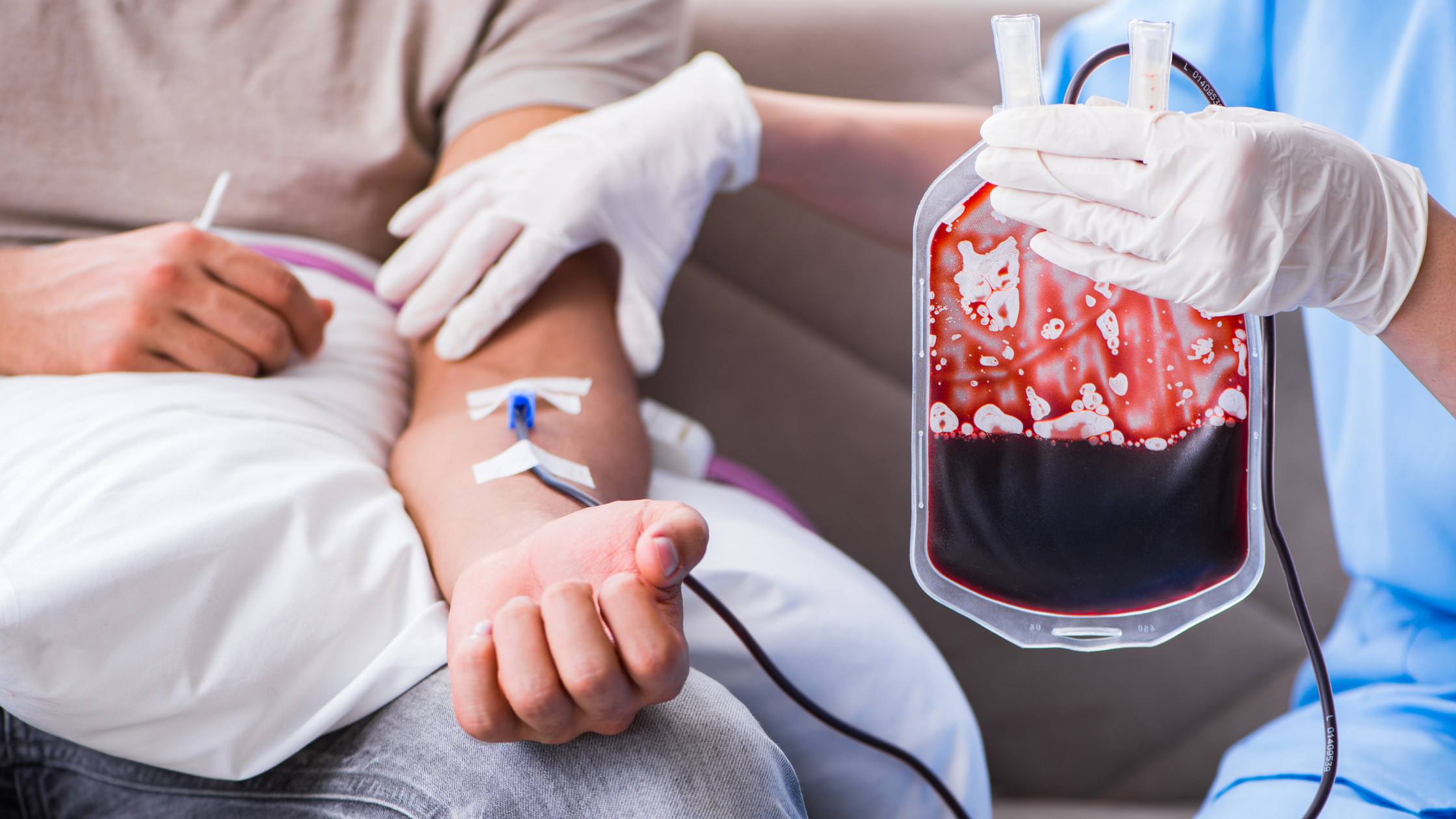
Anemia means you don’t have healthy or adequate levels of red blood cells. It can have a number of underlying causes, and sometimes more than one. It’s important to share all your symptoms and recent changes in health, lifestyle, and diet with your doctor. You’re naturally more prone to anemia as you age, which means it’s critical that you include iron-rich foods like red meats, eggs, and leafy greens in your diet.
Iron deficiency and internal bleeding are two major causes of anemia. Most of the time, your anemia can be easily treated through diet and medications.
Get free and discreet shipping when you order premium incontinence products through TYE Medical’s online store. We offer a range of products with different absorbency levels and in a variety of sizes.


